The architecture of rural houses in the North Central Delta region of Vietnam in the past was quite similar. They were simple single-story houses with earthen floors, primarily made of bamboo, palm leaves, and thatch.
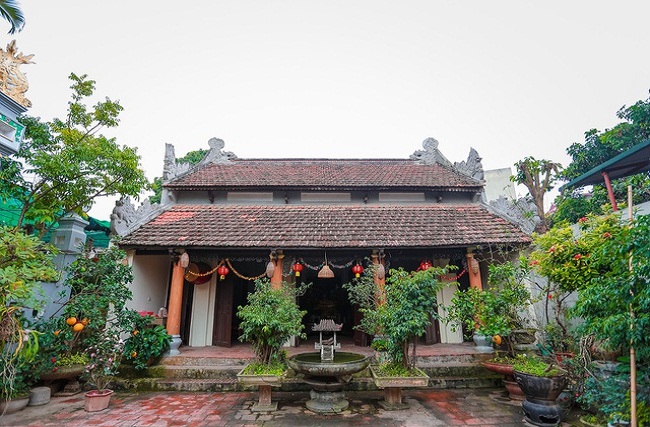
Houses were typically built with a three-bay two-rafter structure. For wealthier households, the number of bays could be increased, and higher-quality timber could be chosen for the house frame.
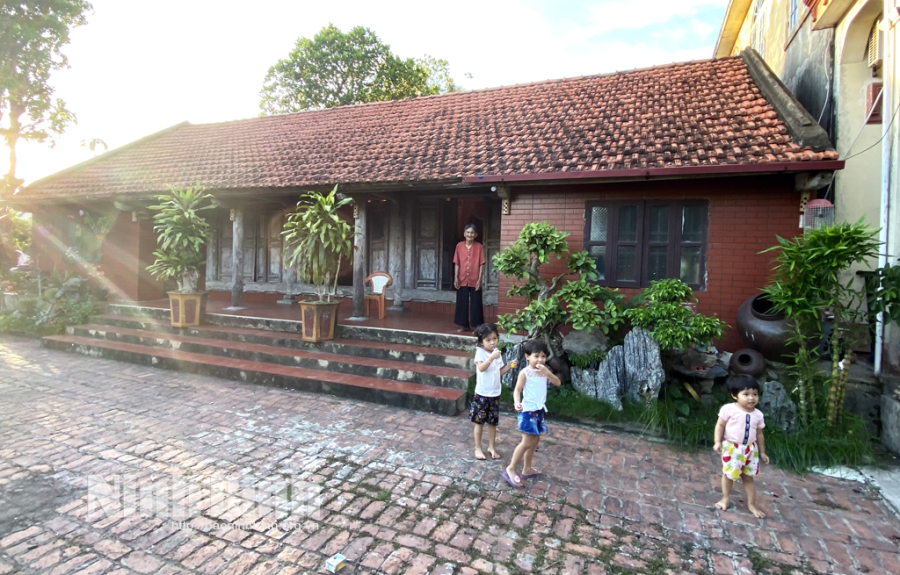
Houses in the North Central Delta region were built using sturdy frames made of bamboo, palm, or jackfruit wood. The frames were supported by three or four columns and connected by top and bottom beams.
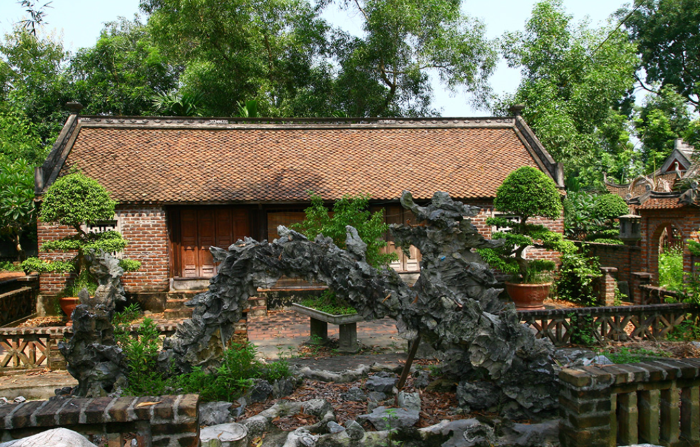
The roofs of these houses were designed with a steep slope to drain rainwater and avoid leaks. The large slope also created additional space for storage lofts, where grains like rice and corn could be stored.
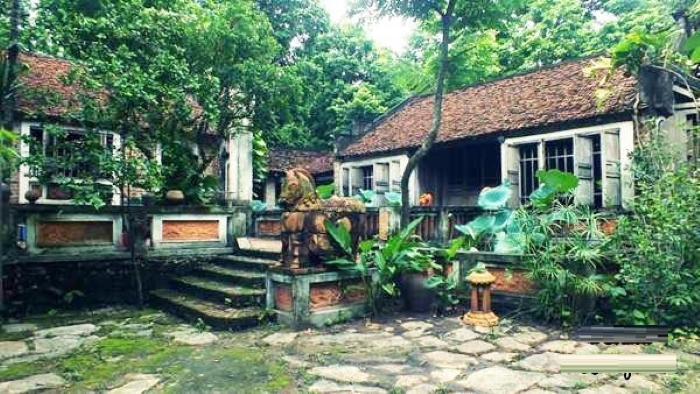
The house compound typically included a pathway leading to the garden, a courtyard, and then the main house, auxiliary buildings, kitchen, toilets, livestock pens, and a garden surrounded by a fence made of bamboo, all enclosed by the village’s bamboo hedge. This created a closed ecological model of garden-pond-pen.
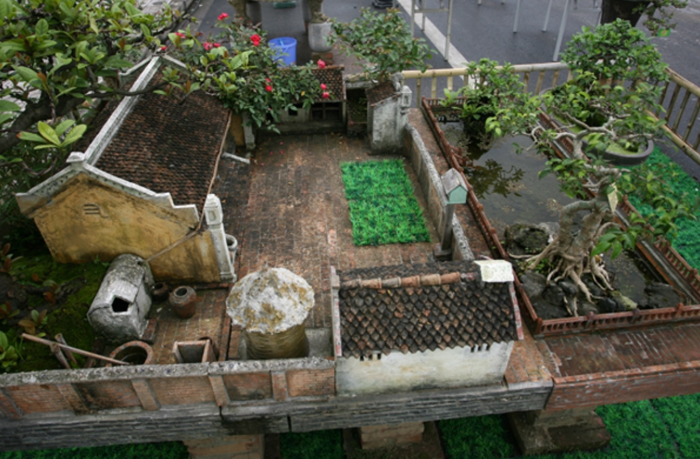
To create a cool and pleasant space for the house, people in the past used tree canopies and planted climbing plants like bottle gourd and pumpkin around the house to provide natural shade.
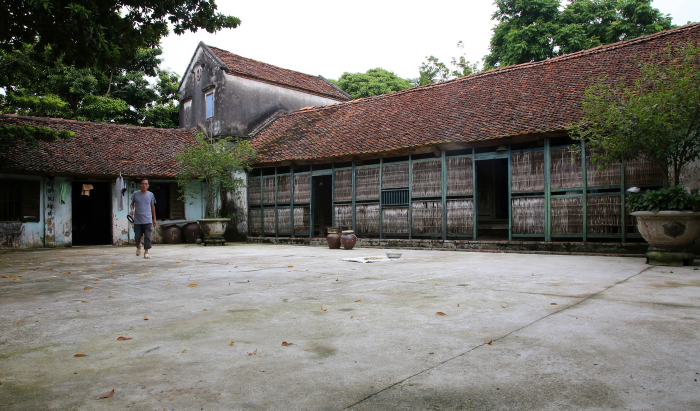
Due to the geographical features, our ancestors accumulated valuable experience in selecting land and building houses. For example, “Marry a gentle wife, choose a house facing the south.”
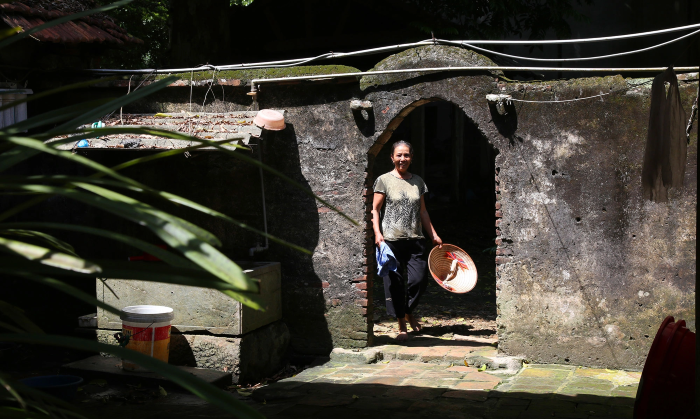
Vietnamese people place great importance on choosing a house location based on their experience and knowledge of the land they inhabit, ensuring that it maximizes the value of the land.
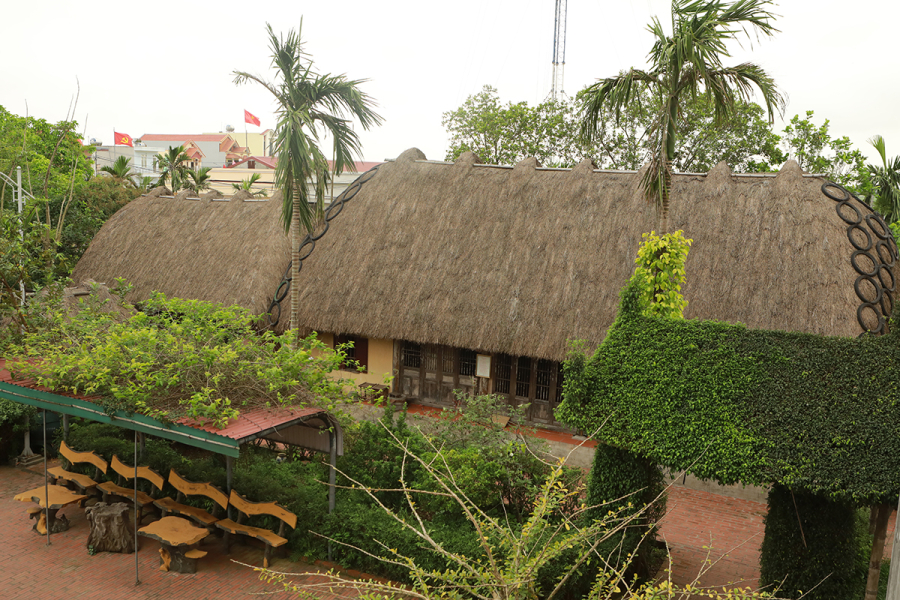
The size of the house is usually relatively small compared to the total area of the property.
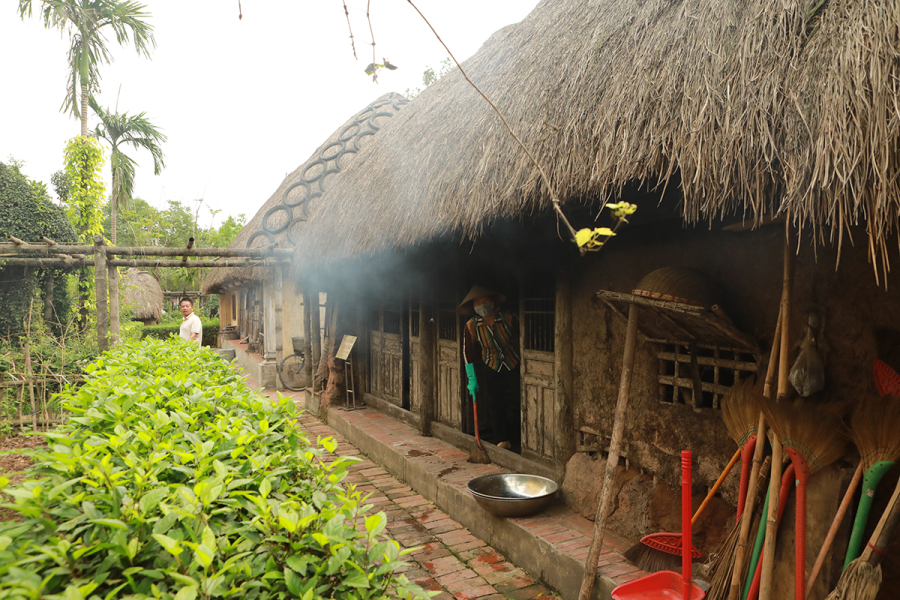
Most of the land is used as a garden for growing vegetables, flowers, and fruit trees, as well as for building fences. This provides a source of fresh vegetables, shade, and a buffer against sunlight, wind, and unwanted views into the house.
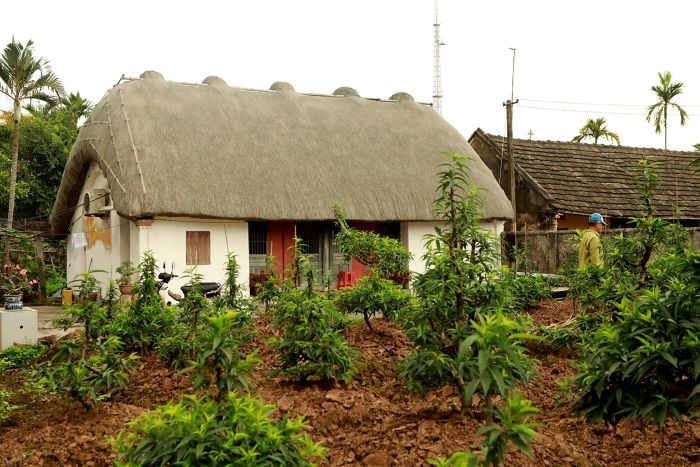
Planting trees around the house to create a garden not only provides shade, climate regulation, and decoration but also has economic value.






























